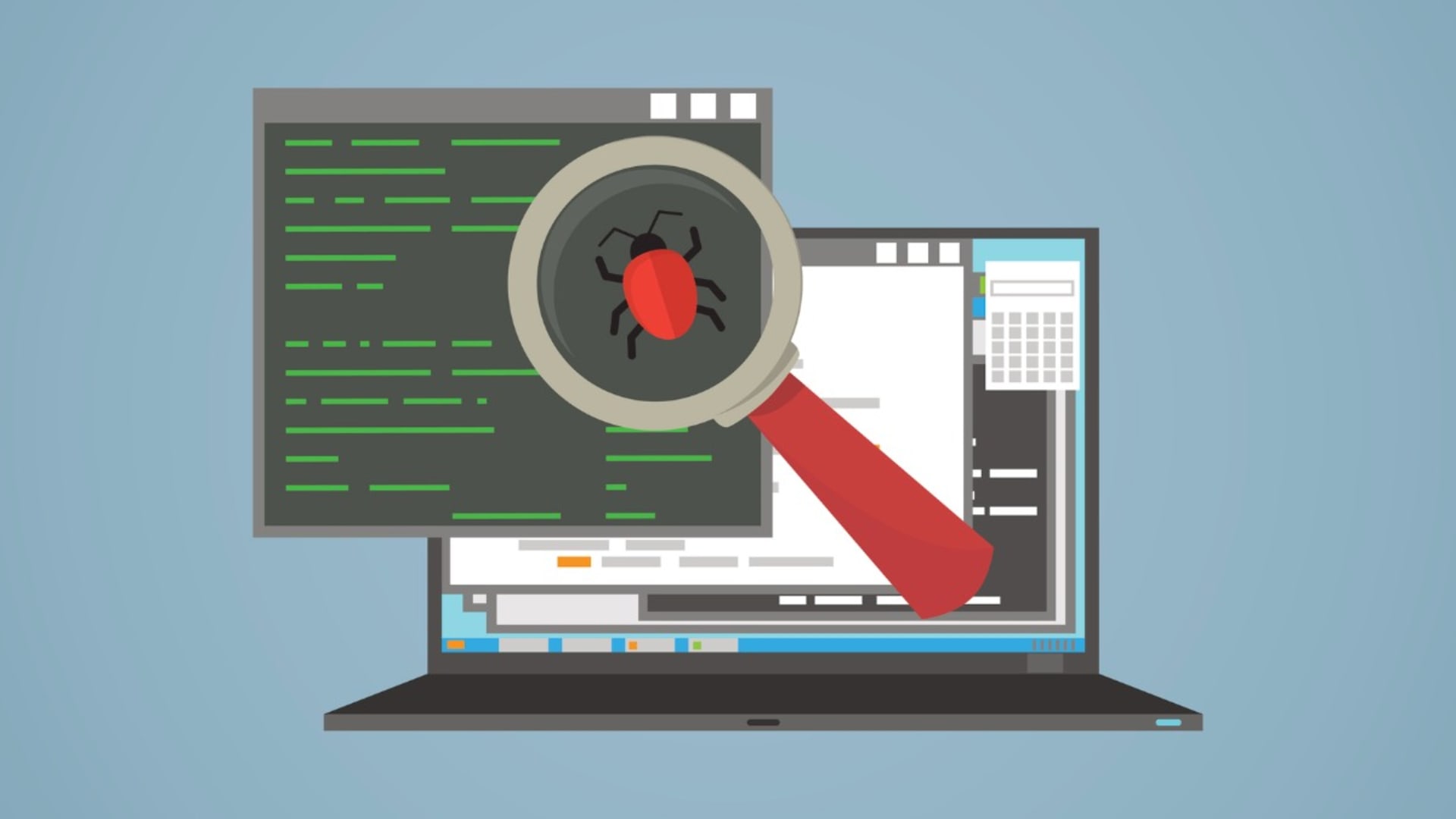These past few months, tons of companies have made headlines thanks to their newfound commitment and support for remote work. News like that can inspire any business to follow their steps and that’s definitely great. However, those articles don’t always tell the full story—especially when it comes to the cybersecurity measures you will have to take to prevent disasters.
The facts show that the ongoing transformation of the traditional office has presented a golden opportunity for hackers and cybercriminals. These malicious attackers have taken advantage of avoidable weaknesses that new remote teams were simply not aware of. Today, we’re here to learn more about these avoidable weaknesses and what your company can do to keep threats at bay.
1. Risk Assessment Goes a Long Way
Like anything in business, metrics are key. We can’t improve cybersecurity if we don’t measure our current status and identify possible vulnerabilities. This is especially important for small and medium-sized companies, as they are the ones who most commonly skip over the risk assessment process.
Whatever the reason behind that, you need to know that even a simple risk assessment can take you a long way. Knowing straightforward things like what data you need to protect, how you will be doing it, and how you will address the identified vulnerabilities is enough to make you a cybersecurity-conscious company.
There aren’t any excuses for not doing it, either. Given how popular IT outsourcing services have become, it’s extremely easy and quick to get a small team of cybersecurity professionals who can get most (if not all) of the work done for you. You can even get cybersecurity services bundled in when you go for more general approaches to digital transformation.
2. Understand Endpoint Security
In the traditional office, employees are limited to the secure corporate infrastructure that is already installed in the building. Going remote means giving that up (along with its associated costs), and you need to be prepared to substitute it. Believe it or not, an employee using the same device for personal and work-related purposes actually poses a significant risk for your cybersecurity strategy.
That’s the reason why endpoint security became so relevant through 2020 and why it will continue to be a major focus for remote teams throughout the following years. Today, almost every remote work specialist will agree on the following: issuing new devices (a.k.a. laptops) for remote employees is the most preferable way to strengthen endpoint security.
However, not all companies have the budget available to do so—especially the ones that got hit hard by 2020. Luckily, regardless of resources, the most important part of endpoint security is education. Be prepared to walk all team members through the appropriate security protocols for accessing sensitive data and, to be extra safe, embrace Zero Trust.
3. Embrace Zero Trust
Let’s face it: not every single employee in your organization needs access to highly sensitive data within your system. In fact, I would bet that very few groups of people in your team actually need access to information like that. And that’s what Zero Trust is all about: taking a zero-risk approach to data management, in which access to data is selective and always monitored by AI and machine learning algorithms.
The Zero Trust approach states that all users inside and outside a corporate network must not be trusted. This implies that all users need to be authenticated and authorized every time they try to access a different level of data. And, to access the most secure information, the system must evaluate the safety and potential risks of the user’s device before granting access.
I know that can sound like a lot, but trust me (I know, it’s ironic), it works. Thousands of companies follow Zero Trust, and it has saved them from countless expenses and headaches due to avoidable issues. If you want to learn how your company can implement a Zero Trust model, check out this article with more details on the topic.
4. Keep All Software Up-to-Date
If you ask me, outdated software is one of the greatest and weakest threats in the cybersecurity field. Greatest because breaches related to outdated software happen terribly often, and weakest because you only need a minimal amount of effort to get it out of the way. But I guess that’s just how human psychology works.
I don’t even feel like there’s much to be said about this one. For every step forward we make in technology, there’s a malicious attacker trying to find the vulnerabilities within it. Software as a Service (SaaS) companies release updates frequently to patch these vulnerabilities, and 99% of the time they do a great job at it. So force your team to keep their software updated. It’s very easy, most of the time automatic, and it can even be done in the background.
On the Future of Remote Work
I believe that the shift to remote work had been coming for a long time. The pandemic simply accelerated its adoption. Coming from a remote-first company myself, it has been great to see so much support and interest in remote work on behalf of the global corporate community. I hope that these tips can help companies like yours stay a few steps ahead of the bad guys. And, finally, remember that in cybersecurity, the chain is only as strong as its weakest link.









